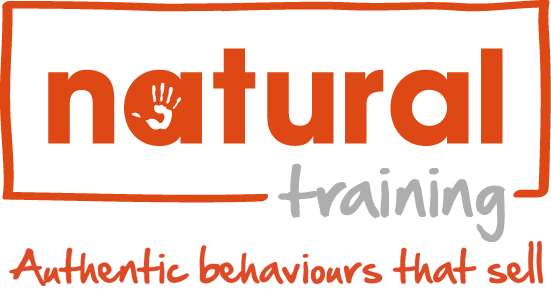Setting Up the Self-Closing Deal – Part 1
In five steps, you’ll get your customer to self-close by pinpointing how much information they need, putting them in Yes mode, and giving them a reason to buy.
PART 1
A. Fiend or foe?
First, of course, you must educate, which has the added bonus of establishing your credibility and expertise, which helps build trust. Customers will only self-close when they feel that they have enough information about how your product or service works. Some studies have shown that the better customers feel like they understand, the more valuable the product seems and the more they’re willing to pay for it. But it turns out, customers differ widely on exactly what level of detail makes them feel informed. Supply too much information and you can actually lose the sale.
A recent study showed that, for the thoughtful “explanation fiends,” the more a product was explained, they more motivated they were to buy. But the more intuitive “explanation foes” felt confident in their understanding when the explanation was superficial, and deeper detail actually eroded that understanding and ultimately their willingness to buy the product (Fernbach et al, 2012).
Why? Explanation foes are susceptible to an effect called “the illusion of explanatory depth;” that is, they think they understand better than they really do. So if you continue to explain mechanistic details (how a product works) to an explanation foe, you force them to confront their lack of understanding, which ultimately undermines their valuation of the product and how much they’re willing to pay.
How do you know much information is “enough?” Determine early on whether your customer is a foe or a fiend. The tip-off is usually the number and depth of questions the customer asks, and often, right off the bat. The explanation fiend will be hungry for information. The explanation foe will only have a few questions, will appear satisfied when those are answered, and is likely to become impatient if you provide detailed answers.
Learning how to vary the level of detail for different customers will be especially important when you’re introducing new, innovative or novel products. And getting it right could mean the difference between closing it and losing it.
B. Overcome objections.
The self-close can’t happen until you’ve overcome objections. Once you have, the customer has probably already reached a decision, whether he or she realizes it or not. So…
C. Test with a trial.
If you’re not sure whether you’ve accomplished steps A and B, test the waters with a variation of the Trial Close. For example: Do you prefer the larger model or the smaller model? Choose a question that will help you determine whether you’ve provided just the right amount of information and have satisfactorily responded to objections. It may allow you to target aspects that you may have missed, or need to reinforce.
I hope this gives you food for thought. Part 2 is coming later this week!
Until then, check out the rest of our blog, where there are plenty of articles focused on closing.
Got a comment?
Catch us on Social Media and join the discussion!

